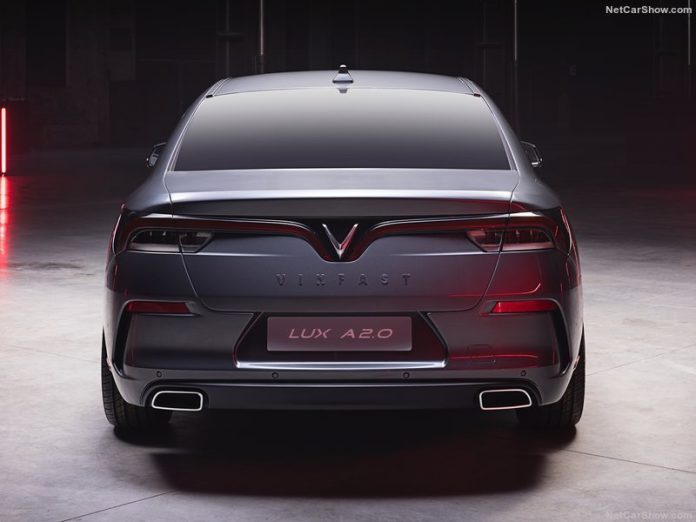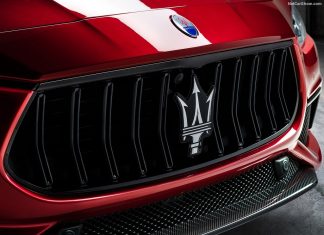Vietnamese Vehicles Market in 2024 grew 9% in 2024, surpassing pre-covid peaks. The EV sector, driven by VinFast, surged in triple-digits, cementing the country’s role as a regional rising powerhouse.
Market Trend and Outlook
Vietnam’s GDP grew 7.09% in 2024, showing strong resilience despite external challenges like Typhoon Yagi’s economic impact. The services sector led growth, contributing 49.46% of GDP expansion, followed by industrial (45.17%) and agriculture (5.37%). Trade remained a key driver, with total trade reaching $786.29 billion, exports growing 14.3%, and a $24.77 billion trade surplus.
Foreign direct investment (FDI) reached $38.2 billion, led by Singapore and South Korea, with manufacturing and real estate attracting the most capital. Inflation remained under control at 3.63%, while per capita GDP rose to $4,700. The UK’s CEBR projects Vietnam’s GDP to hit $676 billion by 2029, outpacing Singapore, with long-term annual growth averaging 5.8% through 2029. Vietnam’s economic outlook remains strong, supported by public investment, global trade ties, and a growing consumer market. Looking ahead, sustained reforms in infrastructure, education, and financial markets will be crucial for long-term growth and investment appeal.
Vietnam’s EV market is quickly emerging as a regional hub in 2024, driven by tech investment and global partnerships. Despite surging 197.4%, supply chain challenges are limiting its full potential, keeping EVs at just 5% of total vehicle sales.
VinFast dominates the segment, leading EV development and charging infrastructure expansion across the region.
Looking at Vietnam’s overall vehicle market, it grew 9% in 2024, surpassing pre-COVID levels but still below its 2022 peak, with full-year sales hitting 387,957 units, reflecting a strong economic outlook.
Looking at full-year data 2024 brand-wise, Hyundai secured leadership with 66,883 sales (-0.8%), in front of Toyota at 66,576 (+16%), VinFast -up 3 spots- at 49,777 (+44.4%) and Ford at 42,175 sales (+10%).
Mitsubishi up 2 spots and ranked in 5th 41,198 registrations (+33.4%), followed by Kia -down 3 spots- at 34,570 (-15.2%), Mazda -down 2 spots- at 32,601 (-8.5%), and Honda with 28,267 sales (+18.8%).
Isuzu -up 1 spot- ranked in 9th position with 10,522 (+21.3%), followed by Suzuki -down 1 spot–closing the Top 10 with 10,522 sales (-22.9%).
Looking at the top models, the VinFast VF 5 Plus became the best seller rising 97.2% in year-on-year volume and climbing 7 spots, followed by last year’s leader, the Mitsubishi Xpander (+3.4%).
Medium-Term Market Trend
In Vietnam the primary vehicle for individual mobility in the motorcycles and not the car. Over 3 million 2-Wheelers are sold each year, while 4-wheeler sales never achieved the half million.
In the last decade, the car and light commercial market boomed, from less than 100K in 2010 to nearly 400K ten years after. The momentum slowed down in 2021 due to the covid driven measures, with volume falling 0.4%. Although the market did slow down, it was not hit as roughly as other ASEAN countries.
The birth of a local manufacturer – VinFast – fully dedicated to the electric vehicles (both 4 and 2 wheelers) is a stimulus for the traditional manufacturers controlling the market (Japanese and Koreans) and the incentives for EVs from the government will help to boost the electrification process, which is seen faster in Vietnam than in the rest of the region.
The outlook is positive for the next years, driven by expected growth in the pro capita income and by the modernization of road infrastructures. The market is, in fact, already showing positive signs of growth, with sales surging 21.5% to 465,741 in 2022.
In 2023 the Vietnamese vehicle market fell down, with YTD sales reaching 698,256 units (-19.5%).
Tables with sales figures
In the tables below we report sales for all Brands, top 10 Manufacturers Group and top 10 Models.











